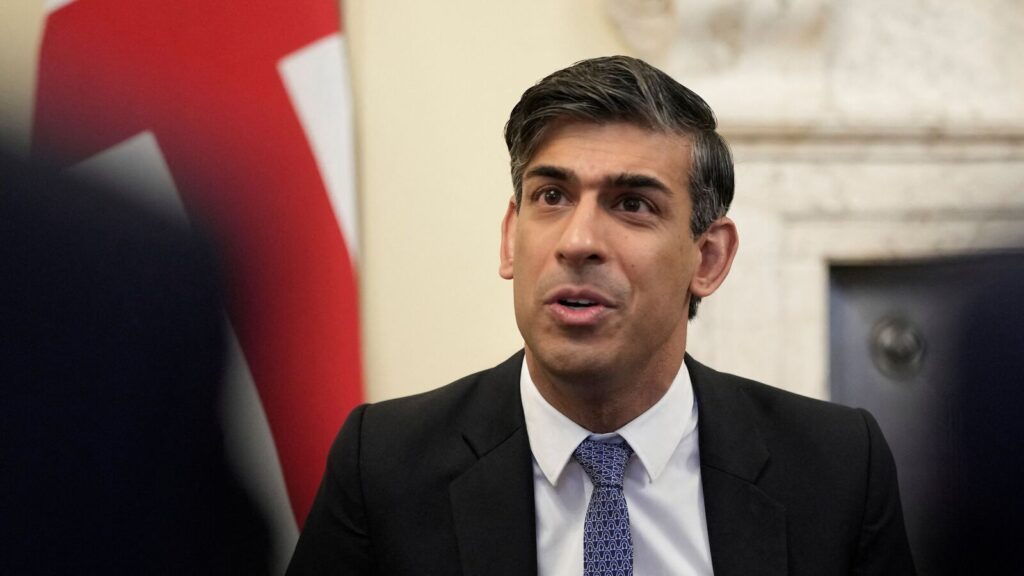The shift to electric cars is “a transition to hell” that will destroy “your beautiful way of life”, says Donald Trump. He is far from the only politician to oppose greenery. Rishi Sunak, Britain’s prime minister, has kicked plans to phase out petrol cars years into the future, saying: “It cannot be right…to impose such significant costs on working people.” On October 8th voters in two big German states walloped the parties of the green-tinged ruling coalition. Even Sweden has cut fossil-fuel prices several times in the past year. A backlash against climate-friendly policies is under way in rich democracies.
It has many causes. Some voters deny that climate change is happening. Others accept that it is, but do not want to pay higher taxes or energy prices to tackle it. Many object to the hassle of installing new equipment. Some, especially the old, resist any kind of change. Others ask why they should make sacrifices when other countries, especially ones they dislike, are doing less.
Under this cauldron of grievances, populist politicians have heaped lighted coals. Many exaggerate the costs of going green, embellish the details (Britain’s opposition had no plans for a meat tax, whatever Mr Sunak says) and seek to turn climate into a culture-war battleground: the metropolitan elite will grab your car and make you eat tofu! Such tactics have proved potent. Although awareness of climate change has increased, a political divide has opened. Voters on the left in Australia, Canada, Germany and Sweden are 23-44 percentage points more likely than those on the right to see it as a “major threat”; in America the gap is a stunning 63 points, according to Pew, a pollster. Such polarisation means bigger flip-flops when power changes hands: imagine France under the wind-farm-loathing Marine Le Pen. Everywhere, making climate policy less predictable makes it harder for investors to plan for the long term, as they must.
What can be done? President Joe Biden’s approach has been to throw hundreds of billions of dollars at everything from batteries to smart grids, and to call it a programme to create jobs and face down China. Even voters who do not care about greenery like jobs and fear China, goes the calculation, and a future Republican president would shrink from scrapping subsidies that are popular with recipients in red and blue states alike. All true, but this approach has big drawbacks.
First, framing green energy as a matter of industrial policy and national security opens the door to protectionism, which raises the cost of green technology by shutting out some of the best suppliers. Second, a subsidy-based approach will be far more expensive than one that makes more use of carbon pricing, which encourages the reduction of emissions throughout the economy. The IMF estimates that in a typical rich country, trying to reach net zero using mostly subsidies would raise public debt by an unsustainable 45-50% of GDP by 2050. Using a well-designed mix of carbon taxes and other measures would raise debt by a more manageable 10-15% of GDP.
The downside of carbon taxes is that voters don’t like the sound of them, since they are, as the name implies, taxes. Governments have typically succeeded in putting a price on carbon only by stealth: using emissions-trading schemes that few voters understand. Carbon prices now cover almost a quarter of global emissions, but that is not nearly enough.
To curb carbon fast enough without generating too much resistance, climate policies should be designed to inflict as little hassle and cost on households as is practical. To reduce hassle, governments should remember that voters’ time is valuable and many green chores are dull. So, for example, instead of placing the burden on householders to install heat pumps, governments could place it on the utilities that hook up homes to the grid. Such firms could work their way across a country, installing a big heat pump in each road and connecting all the nearby houses to it—a process a bit like the roll-out of broadband over the past two decades.
To curb costs, governments should create predictable incentives to reduce emissions efficiently, meaning far more use of carbon pricing. Workers in industries that will eventually be shut down, such as coal, should be offered help, including training for new jobs. Judicious regulation can also play a role. If car firms are given a deadline to stop selling new petrol cars, they will strain to bring down the price and extend the range of electric vehicles. If deadlines are realistic, cleaner tech may already be cheaper than the dirty sort before it is compulsory.
Plenty of clean technologies are cheaper in the long run but have stiff upfront costs. Many voters in rich countries will need help with these. So will developing countries, where the high cost of capital still makes many green projects unaffordable. Globally, politicians who care about the climate should take the backlash seriously. That means being honest with voters about the inevitable disruption, and striving to minimise the pain.
For more coverage of climate change, sign up for the Climate Issue, our fortnightly subscriber-only newsletter, or visit our climate-change hub.
© 2023, The Economist Newspaper Limited. All rights reserved. From The Economist, published under licence. The original content can be found on www.economist.com
Milestone Alert!
Livemint tops charts as the fastest growing news website in the world ? Click here to know more.
Unlock a world of Benefits! From insightful newsletters to real-time stock tracking, breaking news and a personalized newsfeed – it’s all here, just a click away! Login Now!
Download The Mint News App to get Daily Market Updates.
Published: 15 Dec 2023, 05:50 PM IST
